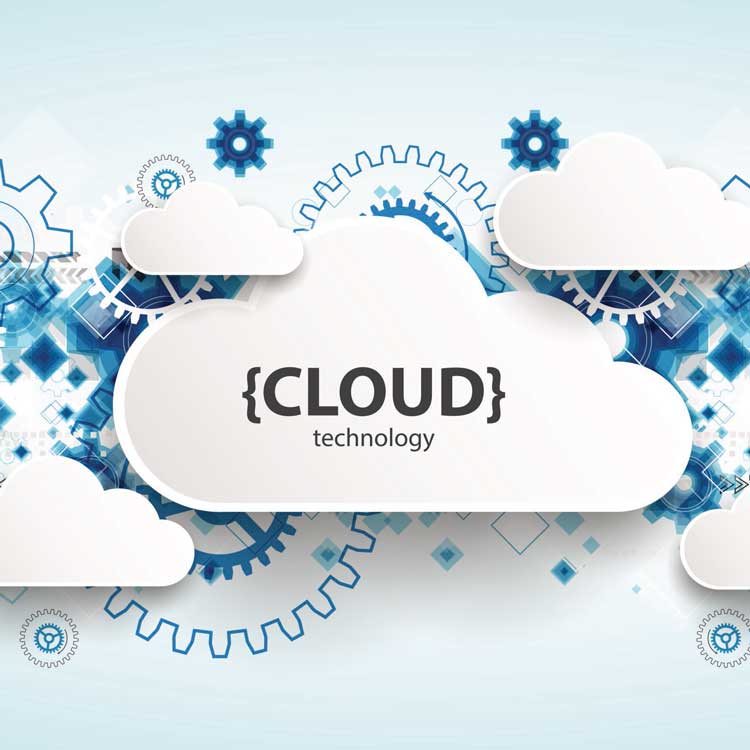The adoption of mixed-cloud IT environments is gathering steam and creating some challenges along the way.
One reason enterprises are embracing multiple cloud platforms is a desire to avoid being locked into a single public cloud provider. Nearly two-thirds of global IT professionals surveyed for the Nutanix Enterprise Cloud Index report published in early 2022, (64%) said they will be running a multicloud IT model by 2024 and 28% said lock-in avoidance was one factor driving the change.
Businesses fear the technical incompatibilities and loss of control over IT spending that can result from going “all in” with one provider and becoming vulnerable to that company’s pricing and development whims. At the same time, distributing IT loads across multiple dissimilar cloud platforms can create complexity and cost tradeoffs.
Experts differ on whether lock-in is a bigger or lesser concern with cloud computing than with earlier generations of IT. However, they agree that it has multiple related dimensions enterprises must closely consider on their multicloud migration journeys: technology, cost and expertise.
Integration Considerations
On the technical side, the biggest conundrum is how deeply to integrate with a given cloud provider’s proprietary platform and services. Greater integration offers potentially bigger rewards by enabling organizations to take optimum advantage of the cloud-native service at hand. At the same time, the deeper the integration level, the more complex, expensive and time-consuming it becomes to change providers.
Which is more important?
“Although it comes at the cost of complexity, the core benefit of multicloud is its ability to select the best-of-breed cloud services,” wrote David Linthicum, chief cloud strategy officer at Deloitte Consulting, in a column for Infoworld last month.
He and others recommend adopting cloud-agnostic services and tools wherever possible.
“You must address multicloud complexity with some layer of technology, such as providing platform service abstractions,” he advised.
Linthicum has also suggested that one such technology, containers, makes it “less important to consider the features and functions of specific public clouds.”
He indicated that as application development initiatives shift their focus away from native, proprietary cloud platforms to open, abstracted container environments, public clouds could become “commoditized utility services” over which applications could be mixed and matched.
Financial Concerns
On the cost side, though cloud services offer convenient pay-as-you-go pricing, they also reward annual usage commitments with discounts. Spreading an enterprise’s cloud business across multiple platforms infringes on those volume deals, said Alexander Wurm, senior research analyst with Nucleus Research.
When it comes to cloud computing, vendor lock-in is “at least as alive and well as ever, if not more extreme,” Wurm said. “Cloud providers want to give you as much of a reason not to leave as possible.”
He pointed to notoriously high egress fees public cloud companies charge customers to move data off their platforms as an example. Another financial consideration, he said, is the greater administrative cost of managing data and resources across multiple providers.
Like Linthicum, Wurm advised, “Whenever possible, adopt cloud-agnostic technologies that are easily integrated.”
He mentioned data storage and analytics services such as Snowflake and Databricks as examples of offerings that run on all the big three public clouds: Amazon Web Services (AWS), Microsoft Azure and Google Cloud Platform.
Talent Shortages
The number of U.S. tech job posts nearly doubled in 2021, the average number of applicants shrank by 25%, according to Datapeople, a tech recruitment firm. The U.S. Bureau of Labor Statistics has regularly reported between half a million and a million unfilled IT positions nationwide for the past several years. This situation makes it a rarity to find expertise in multiple cloud-native platforms in a single individual.
More than three-fourths of 4th Annual Nutanix Enterprise Cloud Index respondents (79%) agreed that their organizations lacked some internal IT skills to meet business demand. The skills shortages spanned the gamut, with IT automation mentioned by the greatest percentage (40%). In addition, more than a third said they lacked expertise in hybrid or multicloud management (35%) and container and cloud-native technologies (34%).
“Expertise is a central challenge to multicloud, especially for mid-market customers who lack the IT personnel to support each [fundamentally incompatible] cloud ecosystem,” said Wurm.
“Today, multicloud adoption usually centers around large businesses with multiple IT teams to support each cloud environment,” he said.
Given that situation, he warned enterprises to be wary of creating data silos in different clouds.
“You have to think of your data ecosystem comprehensively,” he said, which is especially important for data analytics initiatives that could span data stores across cloud boundaries.
“Ground-level work involves managing data flows and communications,” Wurm said. “Each IT team should know what other IT teams are doing for a holistic picture of the data.”
Data lineage – following data origins, what happens to it and where it moves – “is super important,” he sad.
Another consideration is stove-piped cloud-native expertise.
“IT employees tend to get very steeped in one cloud platform,” observed Peter Chang, cloud architect at Nutanix.
“They often become loyal to the technology and the cloud platform they know” in the spirit of the old saying, “If the only tool you have is a hammer, every solution becomes a nail.”
That can make single-cloud experts “resistant to changes the company wants to make down the pike,” Chang said.
Weighing the Options
Tim Bray, a tech industry author and co-author of the Extensible Markup Language (XML) standard, recently suggested that using managed open source services (OSSs) from cloud providers might be a reasonable compromise for some businesses. The option represents a middle ground between going all-in with a single cloud provider and the other, bare-metal extreme, which entails an enterprise building and managing all its own services and software on top of a cloud provider’s compute and storage infrastructure.
Bray advised using only services that are based on popular open-source projects, such as Google Cloud SQL, Amazon Managed Streaming for Kafka and Azure Kubernetes Service. When following this path, changing cloud providers would still be nontrivial, he acknowledged, but far more doable.
Linthicum pointed out that simply running a multicloud IT environment doesn’t prevent cloud vendor lock-in. The reason is that whenever an enterprise localizes an application or data set for a specific provider, they’re bound to that provider for that function.
“Moving applications written around specific native-cloud APIs and other services will not be easier or less expensive” just because an enterprise runs other applications on other cloud platforms and services, Bray noted.
He concluded that the benefits of deploying best-of-breed technology usually win out over complexity.
“Difficult problems require the latest and greatest technologies to create innovative solutions,” he said. “And that typically means multicloud.”
Joanie Wexler is a contributing writer and editor with more than 25 years of experience covering the business implications of IT and computer networking technologies.
© 2022 Nutanix, Inc. All rights reserved. For additional legal information, please go here.







